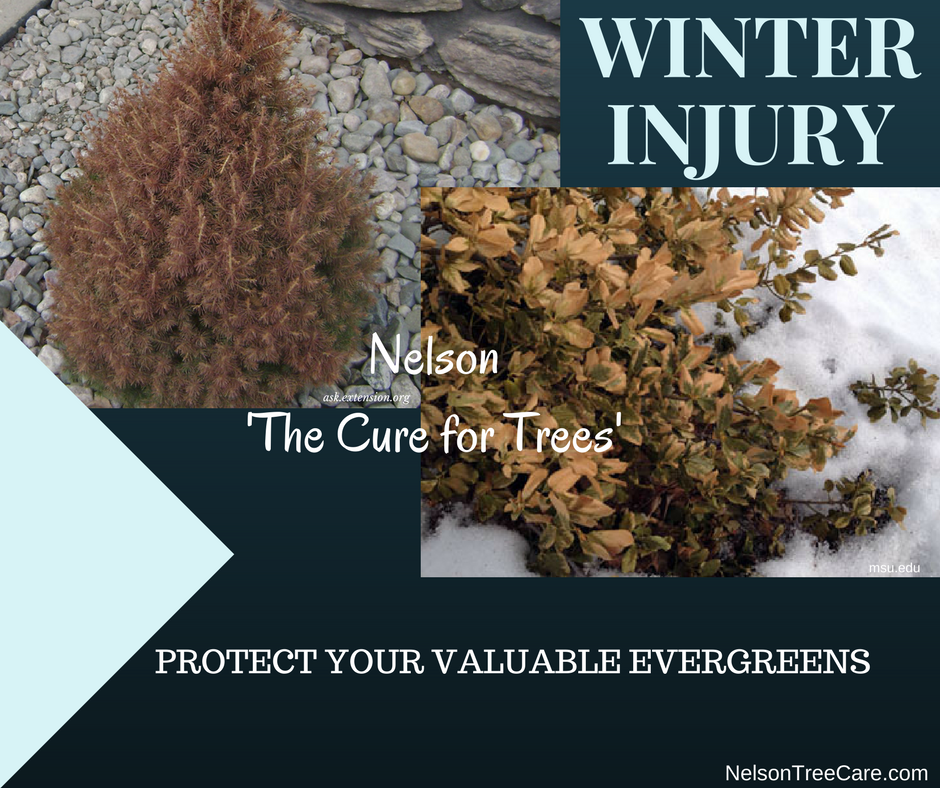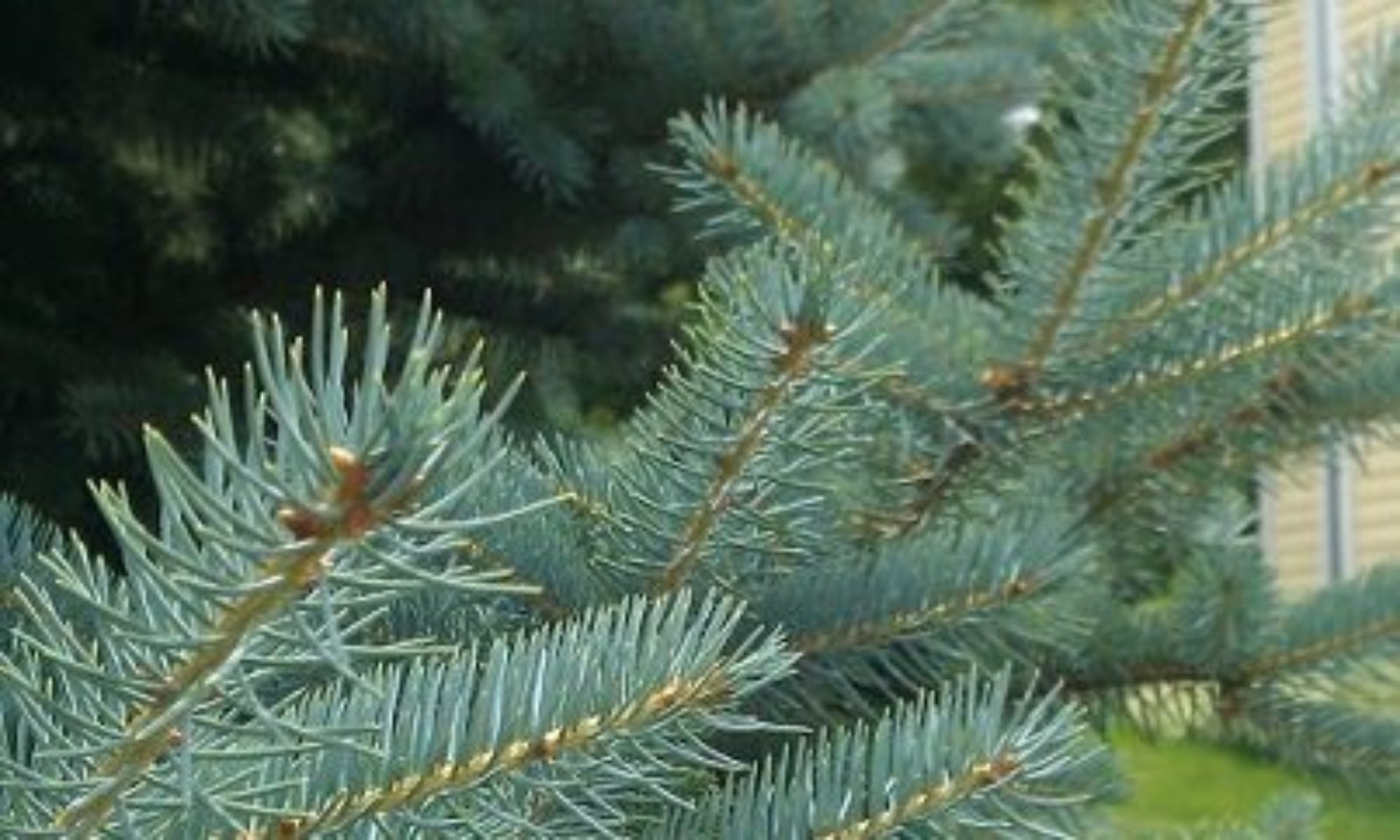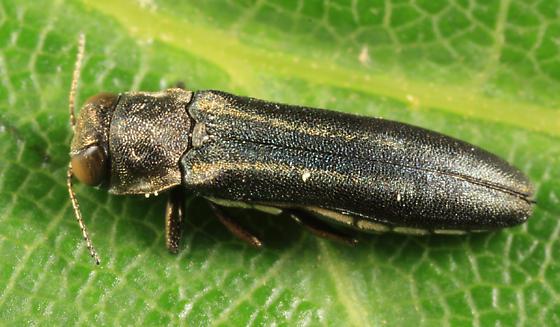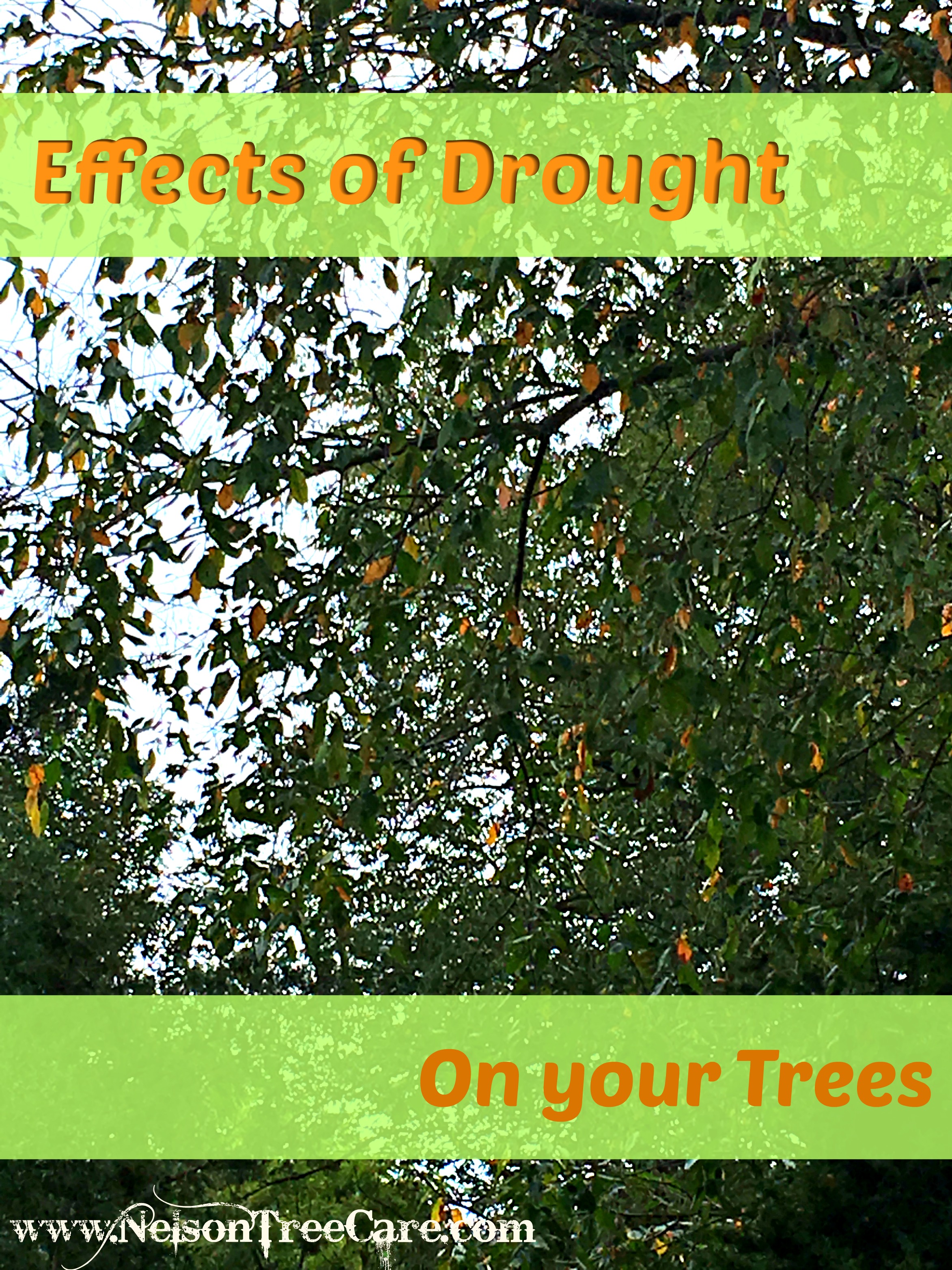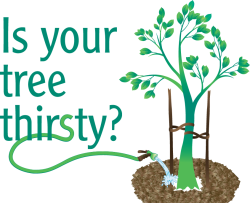Winter Injury in Evergreens
Winter Injury Winter Injury can include many types of injuries to trees here in the Midwest, but as of late, our Evergreens have been getting hit hard due to the fluctuation in temperatures and environmental conditions we have been experiencing over the last 10-15 years. According to the Morton Arboretum, Winterburn on Evergreens includes: A browning or scorched leaf tip on evergreen foliage in late winter and early spring is a form of winter injury. Browning usually occurs from the needle tips downward. Symptoms of winter burn are present on many narrow-leafed evergreens, such as hemlock, juniper, pine, and yew, and broad-leaved evergreens, such as boxwood and rhododendron. Winterburn […]
Spruce Diseases in Illinois
What is going on with Spruce trees?? Colorado Spruce trees are not native to Illinois, and are really having a tough time lately with the changing environment we’ve had over the last decade! Other varieties of Spruce trees are having a hard time as well. We just received an update from the University of Illinois Extension service that there are several issues going on at this time with Spruce trees in the area. Below is a list of diseases that they are seeing at this time of year, and the accompanying symptoms that go along with them. Abiotic Damage Abiotic Damage is basically just environmental factors, such as too much […]
Two- Lined Chestnut Borer
As if Mid-westerners didn’t have enough pests to deal with, we are now experiencing Oak decline due to the lovely Two- Lined Chestnut Borer (Agrilus bilineatus). What is a Two-Lined Chestnut Borer? The Two-Lined Chestnut Borer is a flat head borer that affects Chestnut trees and Oak trees alike here in the Midwest. When not properly managed, these Borers can cause significant damage and even death in Oak and Chestnut trees. Life Cycle Adults appear in early June in the Midwest. The females will lay their eggs in clusters of 10 eggs starting late June thru early July. Once eggs hatch, the larvae will bore into the trunk of the […]
10 Ways to Show Your Trees Love
10 Ways to Show Your Trees Love- A Valentine’s Day Tribute Valentine’s Day is always a wonderful day to think of loved ones (of course, every day is a good day for that!) But how about thinking about what else brings us joy and comfort around our homes? In particular, how about showing our trees some love today? After all, they do add value to our homes- they add an aesthetic beauty to our surroundings, they clean the air around our homes and our earth, they provide homes for wildlife, they provide shade during hot days, and they are sometimes a wind break during cold winters. So, WHAT, you’re thinking, […]
Are Your Pine Trees Turning Yellow?
If your Pine trees are turning Yellow this time of year, you may have nothing to worry about! According to the University of Illinois Extension, Pine tree needles will turn yellow once they have completed photosynthesis and no longer need those needles. For more info, visit them at: http://web.extension.illinois.edu/state/newsdetail.cfm?NewsID=16328 Be proactive and check your Pine tree needles to make sure it is just old growth that has turned yellow- the tips of the branches should still be green- these are your new growth tips. If you see yellowing or browning on the tips of the trees, call us or your local arborist promptly to schedule an evaluation of the tree. […]
Effects of Drought on Your Trees
Here in Northern Illinois, we have been experiencing crazy weather over the last decade. Between having little rain one year to an abundance the next year, then having extreme winters of heavy snow or subfreezing temperatures, it is a wonder our trees are still standing! The reason for speaking about the topic of drought is because we are seeing a lot of tell tale signs of the impact of drought in our area, and want to share it with our customers. Our customers usually notice their tree is lacking water when the leaves start to wilt, dry out, or fall off. Most people are under the assumption that trees have deep […]
Are Your Trees Dying of Thirst?
As the summer comes to an end, we have had a significant shortage of rain here in Northern Illinois! Most urban trees have roots that only extend to about 12″ underground, with the bulk of the roots running just under the surface of the soil to collect water. During times of drought, they will search for water lower in the soil, but when the moisture is no longer in the soil, the trees shut down to reserve energy. You may notice your trees wilting, losing leaves, prematurely getting their Fall color, or just a general lack of lustre. We cannot stress enough the importance of watering your trees during these extended […]
Fall Tree Care Tips
As the winter approaches, most people look to the ground to prepare their yards for the winter, but miss out on the trees that are overhead! Preparing your trees for the upcoming winter can reduce the likelihood of problems occurring in winter and the following spring. So here are some things you can do to help prepare your trees for the upcoming season: 1. Make sure you have a good layer (not more than 2″) of mulch or woodchips around the base of the trees to help the rootzone of the trees during the winter. For more info on proper mulching, click here. 2. Examine the canopy of the […]
Tree Care Tips for Selling Your Home
Tree Care When Selling Your Home Selling your home can be very stressful. However, with a few tips on making your home more appealing, you can increase your chances for a sale exponentially! While there are many tips being offered to make your house feel more like a home, and dressing up your house for appeal, we will be focusing on what you can do to the trees around your home to make it look more inviting. The trees around your home can play a very big part in your home’s sale. According to the Management Information Services/ICMA, ‘Landscaping, especially with trees, can increase property values as much as 20 percent.’ By looking […]


